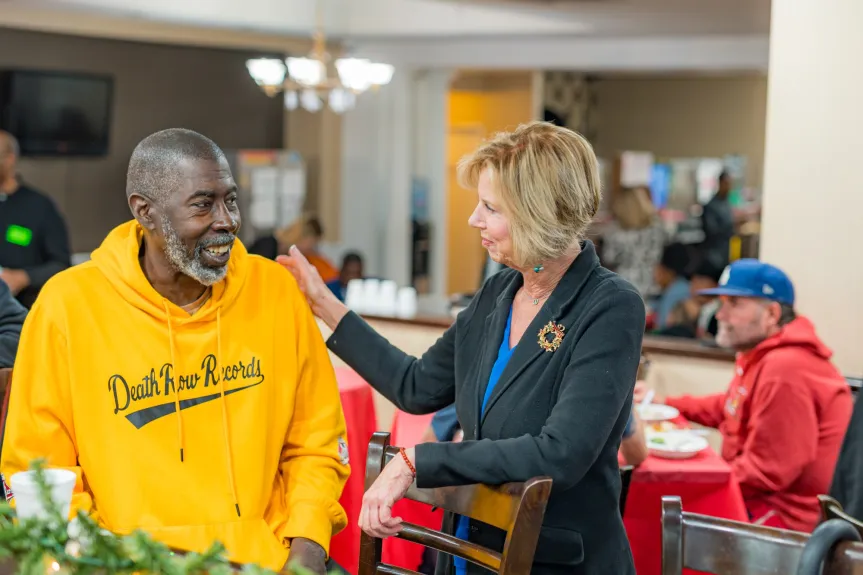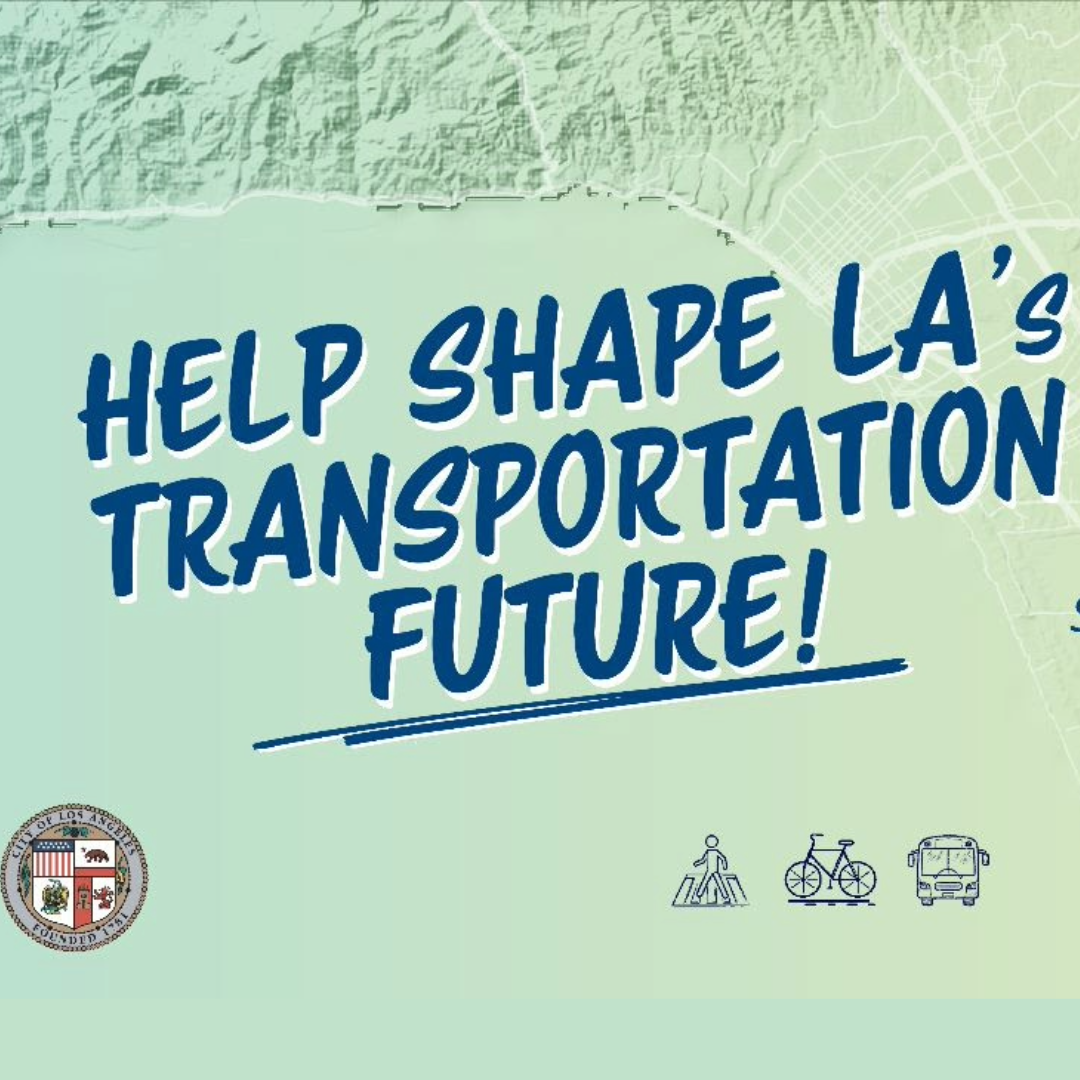
Angelenos may get a rare snow day with snow in the Santa Monica Mountain foothills and blizzard conditions in the San Gabriel Mountains.
A blizzard warning has been issued for Los Angeles County, for the first time in history.
The blizzard warning issued by the National Weather Service applies to the local mountains, but the storm will bring a “cold core” over the entire region Saturday. It’s a major concern in a county with roughly 70,000 unhoused people.
The warning will remain in effect from Friday morning to Saturday afternoon when as much as 7 feet of snow could fall at the highest elevations, according to the National Weather Service. At lower elevations and mountain passes 6 inches to a foot of snow is anticipated. Wind gusts may reach 75 mph, making visibility near zero. Officials are urging drivers not to try to head up the mountains during the storm.
“Travel should be restricted to emergencies only,” according to the NWS. “If you must travel, have a winter survival kit with you. If you get stranded, stay with your vehicle.
“By Saturday night, 2-5 feet of total snow accumulation is likely above 4000 ft with isolated amounts near 7 feet at higher elevations, the weather service warned. “Accumulations of 6- 12 inches likely between 2000-4000 feet, including most major mountain passes.”
Snow levels may drop to 1,500 feet, meaning that the Santa Monica and Santa Susanna mountain ranges could get a rare dusting.
The low-elevation snow will contribute to what could be “the largest amount of 24-48 hour snowfall seen in decades, likely rivaling the 1989 storm, for our Ventura and Los Angeles County mountains,” according to the NWS.
“Snowfall of this rate and amount could lead to damage to structures and trees with an immense threat of avalanches, especially in the eastern San Gabriel Mountains by Saturday,” forecasters said.
Temperatures will be in the 40s and 50s in most of the area, although they will drop into the 30s in the mountains and some valley areas, particularly at night, and into the 20s in the Antelope Valley.
Though residents of Los Angeles and Orange counties awoke to sunny skies, Wednesday, the intense storm looms. The front end of the powerful winter storm moved into Southern California early Wednesday.
Winds began blasting large swaths of the area Tuesday night, rattling windows while knocking down trees and power lines in parts of the South Bay. A tree even fell onto some cars and an apartment building in Manhattan Beach.
High surf, meanwhile, pounded the coast, prompting the closure overnight of the Redondo Beach Pier due to the large waves.
The National Weather Service issued a high surf advisory that will remain in effect for all Los Angeles County beaches until at least 3 a.m. Thursday. Forecasters said waves of up to 12 feet were anticipated, along with powerful rip currents that “can pull swimmers and surfers out to sea.” Forecasters also warned of possible coastal flooding.
The windy conditions that greeted many residents Wednesday morning were expected to diminish, “but it will still be a cool blustery day with a chance of showers mainly over the mountains,” according to the National Weather Service.
“An unusual winter storm will approach the area Thursday and will then produce periods of heavy rain and heavy mountain snow to the region Friday through Saturday night,” forecasters said.
According to the NWS Los Angeles office — which is actually based in Oxnard, this is believed to be the first time it has ever issued a blizzard warning for the area. Forecasters initially said one had previously been issued, but after checking records dating back 40 years, there was no evidence of any such warnings.
Ahead of the blizzard warning, a winter storm warning will be in effect in the mountains until 4 a.m. Friday for the mountains, thanks to anticipated “low elevation snow, strong winds, and very cold wind chills.”
In the Antelope Valley, a winter weather advisory will be in effect until 4 a.m. Friday, with forecasters anticipating 3 to 6 inches of snow in the foothills and 1 to 3 inches on the valley floor, with winds gusting to 45 mph.
When the brunt of the storm begins to arrive Thursday, all major mountain passes will be at risk of snow, while other areas could get up to a half-inch of rain.
By Thursday night, however, things will begin to worsen.
Coastal and valley areas could get between 2 and 4 inches of rain during the storm.
The cold weather posed a major health threat to the unhoused and people without access to adequate shelter and heating.
“Please take precautions to ensure you, your loved ones, and your neighbors are staying safe and warm,” said Los Angeles County Health Officer Muntu Davis, MD, MPH. “The most vulnerable people to the cold are children, the elderly, those with disabilities, and those with special medical needs. If you need a warm place to stay, there are shelters and other public facilities available to help keep you safe, warm, and dry.”
Persons seeking shelter services to stay in a warm place can visit www.lahsa.org/winter-shelter.
The county offered tips for staying safe during this unusual cold spell:
- Avoid carbon monoxide poisoning. Never use a generator inside a home, shed, or garage even if doors and windows are open. Keep generators outside and far away from windows, doors, and vents.
- Never use charcoal grills or camp stoves indoors. Deaths have occurred after people burned charcoal or used camp stoves in enclosed spaces, which produced lethal levels of carbon monoxide.
- Never heat your home with a gas stovetop or oven.
- Do not touch or approach a downed power line; call 9-1-1 if you see a downed or damaged electrical line.
- Avoid using candles. If possible, use flashlights instead. If you must use candles, do not burn them on or near anything that can catch fire. Never leave burning candles unattended or near children or bedding. Extinguish candles when you leave the room.
- Have a plan for backup power if you or someone in your family is dependent on electricity for medical devices.
- Wear layers and have blankets available to add additional warmth. Layers will keep you warmer than a bulky sweater. Stay dry to avoid hypothermia.
- If it is safe, check on neighbors who may need assistance — older adults, people with disabilities, and young children are more at risk in extreme cold.



